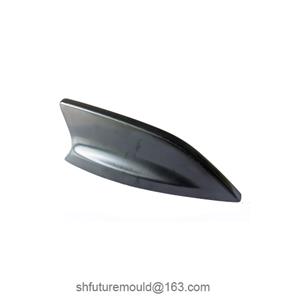Principles of Gas-Assisted Injection Molding Technology
Gas-Assisted Injection Molding (GAIM) is an advanced technology that enhances traditional injection molding by introducing high-pressure gas (usually nitrogen). This optimization reduces product weight, improves molding efficiency, and lowers production costs.
1. Technical Principles
Normal injection molding
In a traditional injection molding machine, the melted plastic is injected into the mold cavity.
Gas Injection
High-pressure nitrogen gas is injected into the cavity using a specialized gas injection system. The gas enters through specifically designed gas channels in the mold or directly through the melted plastic itself, pushing the melt outward toward the edges of the cavity.
Shaping and Cooling
The gas pressure uniformly distributes the melt along the mold surface, forming the external shape of the part while the hollow sections are occupied by gas. Once cooled, the melt solidifies into a thin, evenly walled component.
Gas Release and Demolding
After the product solidifies, the gas pressure is released, and the finished product is ejected from the mold.
2. Technical Features
Reduced Product Weight: The hollow structure created reduces material usage.
Shortened Molding Cycle: Cooling time and shrinkage are minimized, increasing production efficiency.
Improved Surface Quality: Uniform melt distribution by the gas reduces surface defects such as sink marks or flow lines.
Enhanced Structural Performance: The hollow structure not only reduces weight but also improves the bending and torsional strength of the component.
Lower Production Costs: Material usage and processing energy requirements are significantly reduced.
- Injection Mold
- Automotive Injection Mold
- Electronics & Electrical Injection Mold
- Consumer Goods Injection Mold
- Airplane Components Injection Mold
- Medical Components Injection Mold
- Irrigation Components Injection Mold
- Injection Molds




